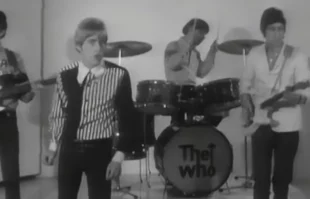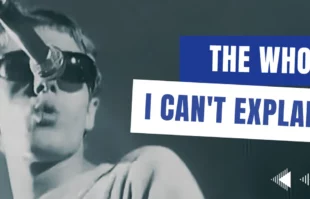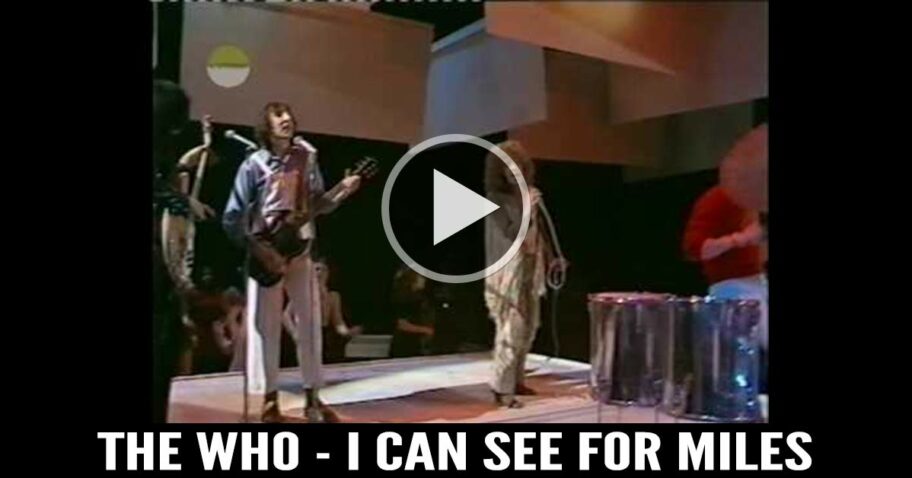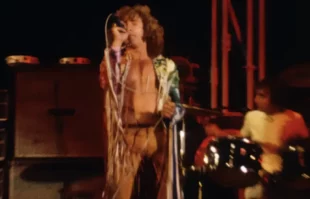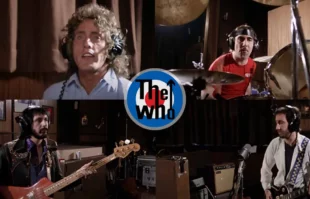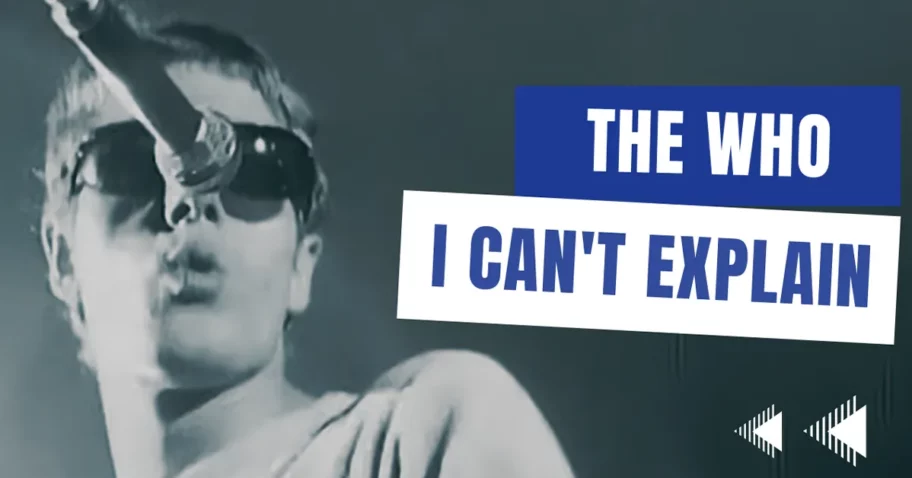The Who
The Who's Elegy to Illusion In the vast cosmos of rock and roll, "Eminence Front" by The Who burns like a fiery comet, its tail streaking with an incandescent display.
The Who The Who is a rock formation founded in 1964. Her first line-up is Pete Townshend, Roger Daltrey, John Entwistle and Keith Moon. The Who is considered to be.
The Who - Substitute: A Classic Rock Anthem When it comes to timeless rock music, few bands can match the raw energy and passion of The Who. One of their.
The Who ist "I Can't Explain" is a timeless classic that perfectly captures the energy and excitement of the British Invasion. Released in 1965, the song features the iconic vocals.
The Who "Pinball Wizard" is a classic rock anthem written and performed by The Who. It was first released in 1969 as a single from their rock opera album "Tommy.".
The Who The Who is a rock formation founded in 1964. Her first line-up is Pete Townshend, Roger Daltrey, John Entwistle and Keith Moon. The Who is considered to be.





